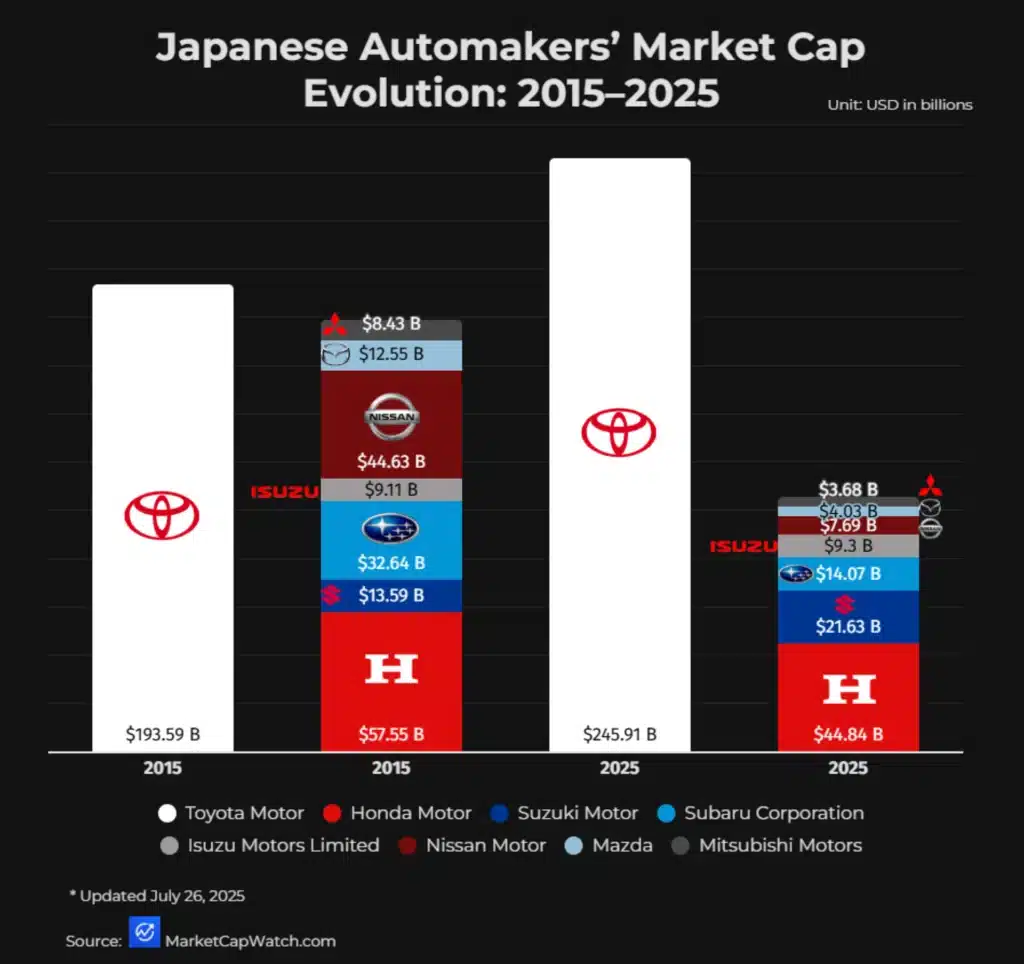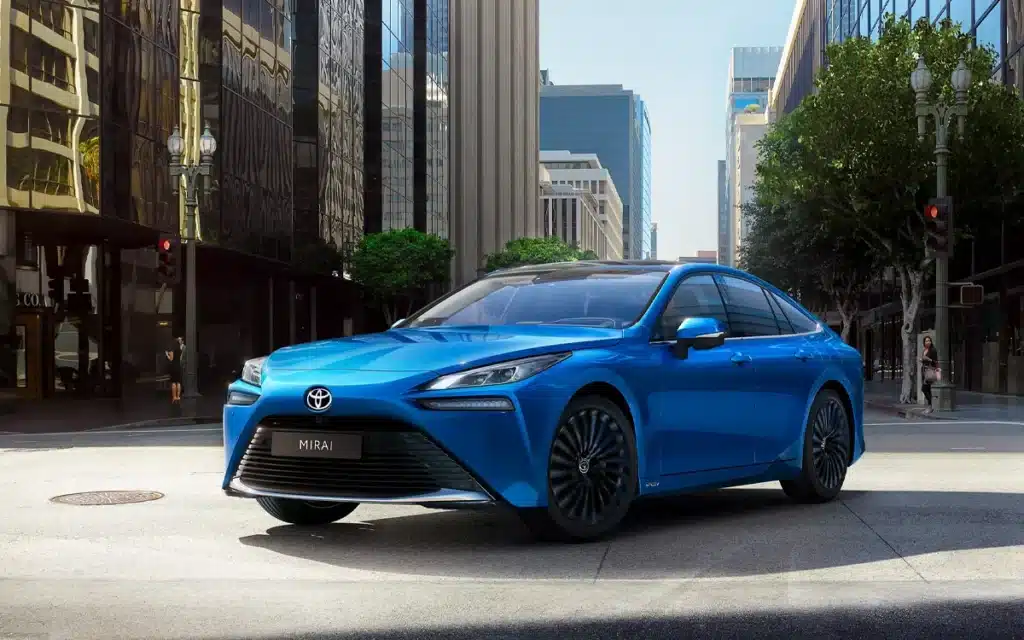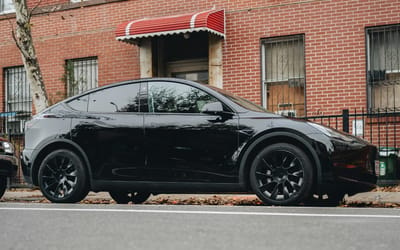Toyota stands tall as difference in 2015's and 2025's Japanese automakers' market cap is striking
Published on Jul 29, 2025 at 10:14 PM (UTC+4)
by Jason Fan
Last updated on Jul 29, 2025 at 12:19 PM (UTC+4)
Edited by
Tom Wood
Toyota’s market cap may have been the highest in Japan in 2015, but it still wasn’t the only major player in the country.
Fast forward to 2025, and the Japanese giant has not only maintained its lead, it has actually pulled so far ahead that the gap is hard to ignore.
While rivals like Honda and Nissan have stumbled or stalled, Toyota’s steady strategy has paid off in a big way.
The numbers behind this shift reveal just how dramatically the landscape has changed.
VISIT SBX CARS – View live supercar auctions powered by Supercar Blondie
Toyota’s market cap is double its competitors combined
Back in 2015, Toyota was already leading the pack with a market cap of around $193 billion.
However, rivals like Honda (~$55B) and Nissan (~$45B) weren’t too far behind – well, not really anyway.
Automakers such as Mazda, Subaru, Mitsubishi, and Suzuki also held respectable positions, collectively forming a competitive ecosystem.
However, by mid-2025, Toyota’s market cap has climbed to over $245.91 billion, while most of its domestic peers have either plateaued or lost significant ground.
Honda fell to around $45 billion, while Nissan plummeted to $7.69 billion, putting it below the likes of Isuzu.
In fact, in 2025, Toyota’s market cap is more than double of all its competitors combined, which is shocking.

Toyota is fighting with Tesla and BYD
Several factors explain this growing divide.
Firstly, Toyota spent the last decade gradually transitioning towards electrification, prioritizing hybrids over EVs.
This has proven effective in a market still grappling with charging infrastructure and battery supply issues.
Meanwhile, companies that leaned heavily into EVs without hedging saw mixed results.
The company’s ability to maintain global production during crises like the chip shortage also gave it a vital edge, unlike rivals who faced factory shutdowns and output delays.
In addition, it invested heavily in areas like hydrogen cars, with the Toyota Mirai potentially fighting with EVs to be the cars of the future.

On the other hand, many Japanese carmakers haven’t made the same successful investments, and have either fallen behind or shifted strategies midstream.
Toyota has proven to its customers that it’s a reliable brand, winning the hearts of drivers in a recent brand loyalty survey.
The company has also won the seal of approval from a veteran mechanic, who backed Toyota as one of only two car brands he would recommend for new cars in 2025.
Analysts from Bloomberg and Nikkei Asia now describe Toyota as the only Japanese carmaker consistently competing in the same arena as Tesla and BYD in terms of innovation and investor confidence.
In 2015, Japan’s car industry looked like a tightly packed race.
Just a decade later, the results are clear.
Toyota didn’t just stay ahead; it built itself a whole new lane.
DISCOVER SBX CARS: The global premium car auction platform powered by Supercar Blondie
Jason Fan is an experienced content creator who graduated from Nanyang Technological University in Singapore with a degree in communications. He then relocated to Australia during a millennial mid-life crisis. A fan of luxury travel and high-performance machines, he politely thanks chatbots just in case the AI apocalypse ever arrives. Jason covers a wide variety of topics, with a special focus on technology, planes and luxury.




